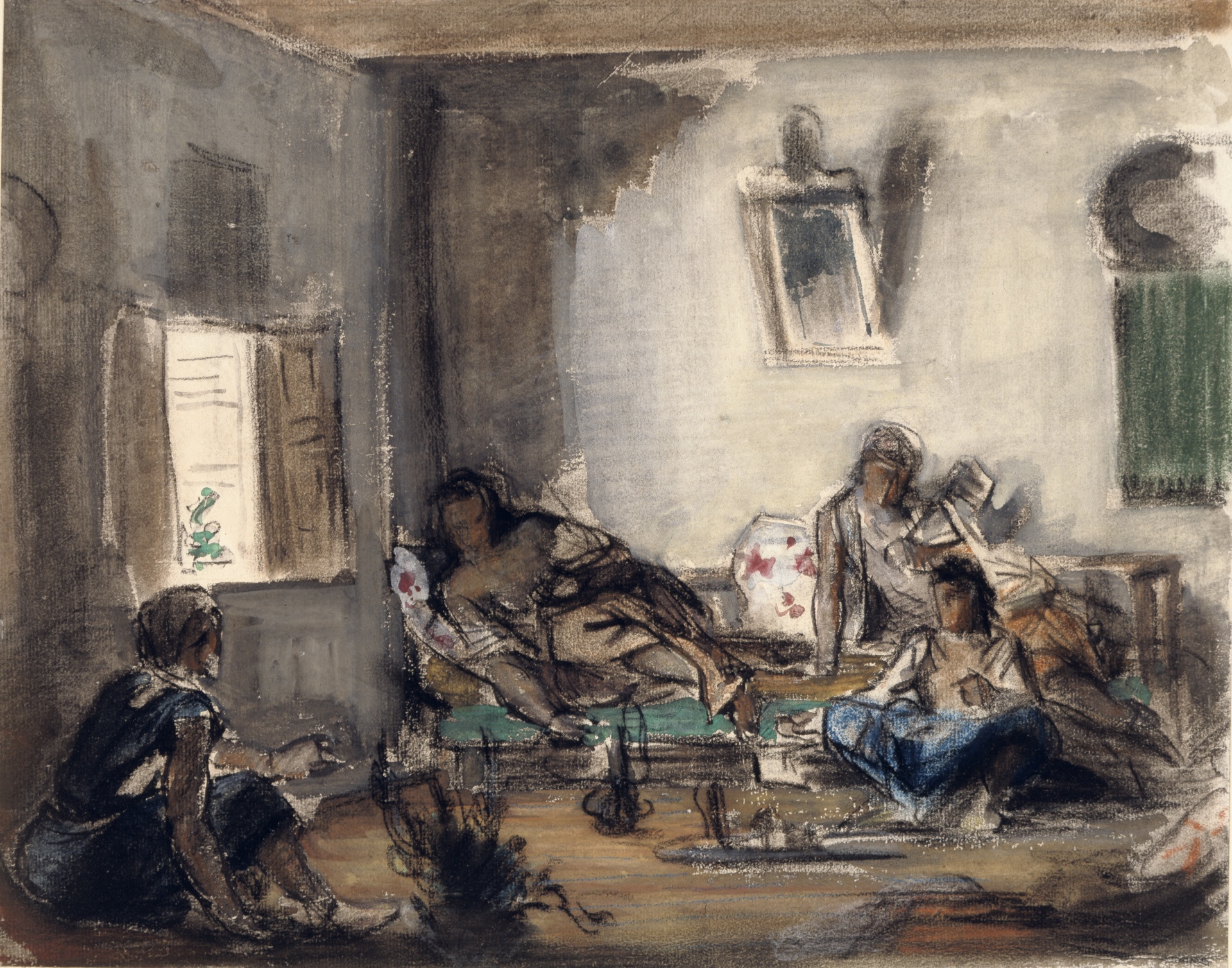This is the last article you can read this month
You can read more article this month
You can read more articles this month
Sorry your limit is up for this month
Reset on:
Please help support the Morning Star by subscribing here
Inspired by the East: How the Islamic World Influenced Western Art
British Museum, London
IN A refreshingly subversive pose, Palestinian artist Raeda Saadeh reimagines the reclining woman from 19th-century male fantasies of the harem. In her work, on show in Inspired by the East, she dresses in copies of the Palestinian newspaper al-Quds, turning what was once an erotic Western obsession into a confrontational witness to today’s turbulent Middle Eastern politics.
By so doing, she sabotages both the patriarchy that defined the so-called Orientalist painters who shaped appetites for the exotic as the West expanded its colonial reach and appropriates their genre to make her own statement.

In the postscript to an exhibition revisiting Orientalism, the British Museum includes the work of Saadeh and other Muslim women to demonstrate how this idea continues to inform art, albeit now appropriated by its former subjects.
Organised in collaboration with the Islamic Arts Museum Malaysia, the exhibition explores the significant influence of Muslim culture upon the West since medieval times and a discernible theme is how Western artists interpreted the Islamic world for popular consumption alongside growing demand for its material products.

As European ties with the Ottoman empire grew after 1500, hungry markets developed for Ottoman goods, growing apace as mass consumption eventually gripped the industrialising north.
By the 19th century, Western craft workers were recreating Islamic techniques and styles, which had a significant influence on architecture, and Arabian designs, derived from mosaic floors and tiles, were reproduced to feed an appetite for Oriental interiors.
Just as material culture reflects dominant themes in social relations, Orientalist artwork reflected the Western encounter with the colonial “other” while also evoking a tranquil way of life lost under the juggernaut of industrialisation.

But, as the curators cleverly demonstrate, this was a two-way process that eventually informed the techniques and approaches of Islamic artists themselves.
Exhibits include images of women by Persia’s most prominent late 19th-century photographer Antoin Sevruguin, also influenced by Orientalist visions of the harem, and the final section dedicated to contemporary female artists shows how even today such themes provide a resource but now for dissident perspectives.
Turkish artist Inci Eviner illustrates this by transforming a classic 1819 portrayal of an Ottoman harem into a video in which women once depicted as passive spring into life, while Shirin Neshat adopts the familiar image of a woman in a chador at prayer.
But she’s next to a rifle, making a curt statement about Muslim female identity in the context of the Iranian Revolution.
When set against the long exchange between West and East, in a climate of Islamophobia such works speak more loudly about shared cultural references than about those that differ.
Runs until January 26, box office: britishmuseum.org.











